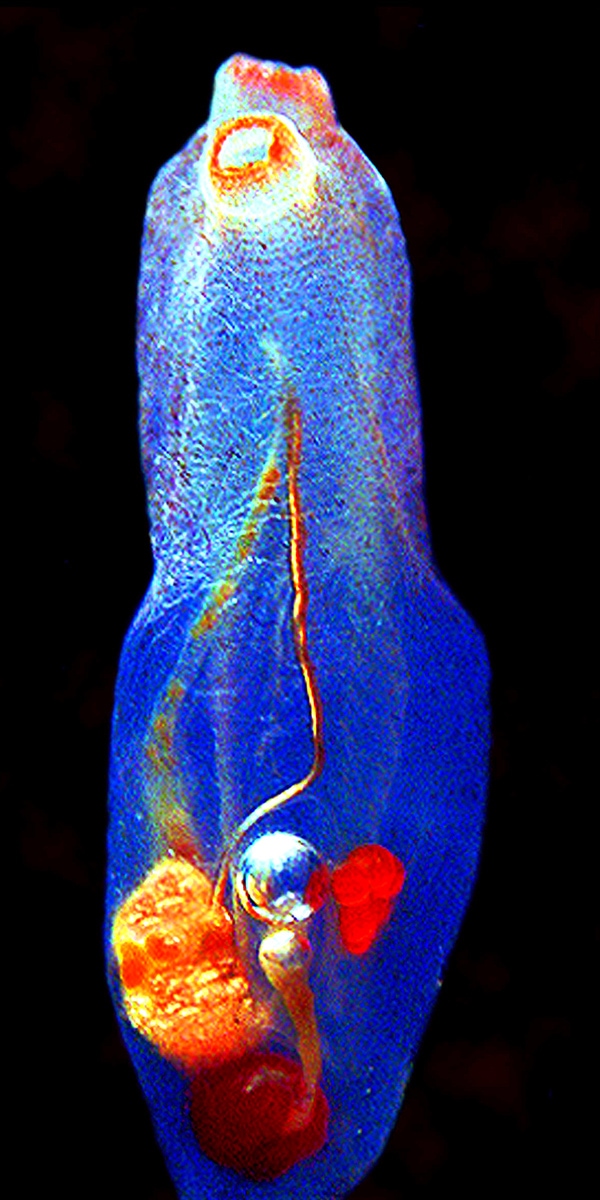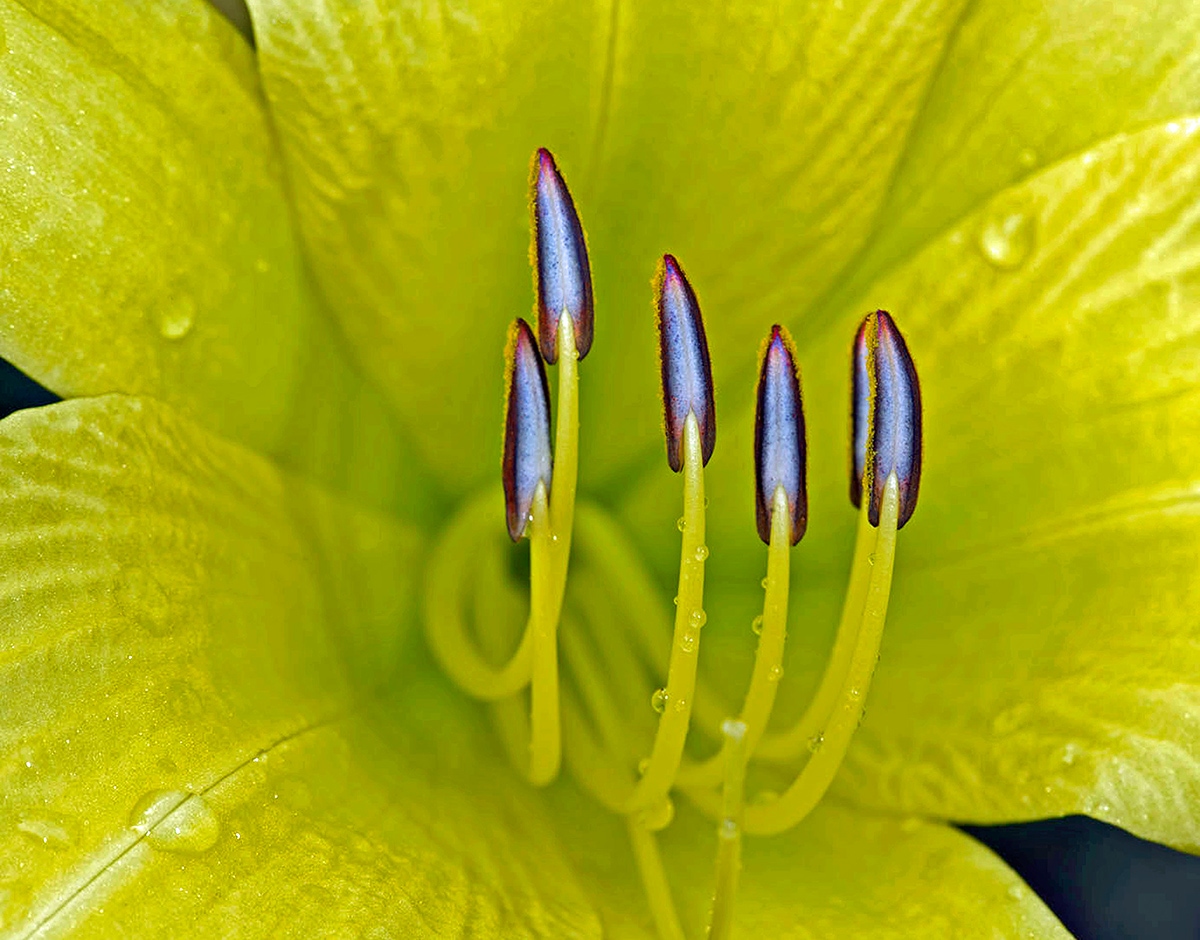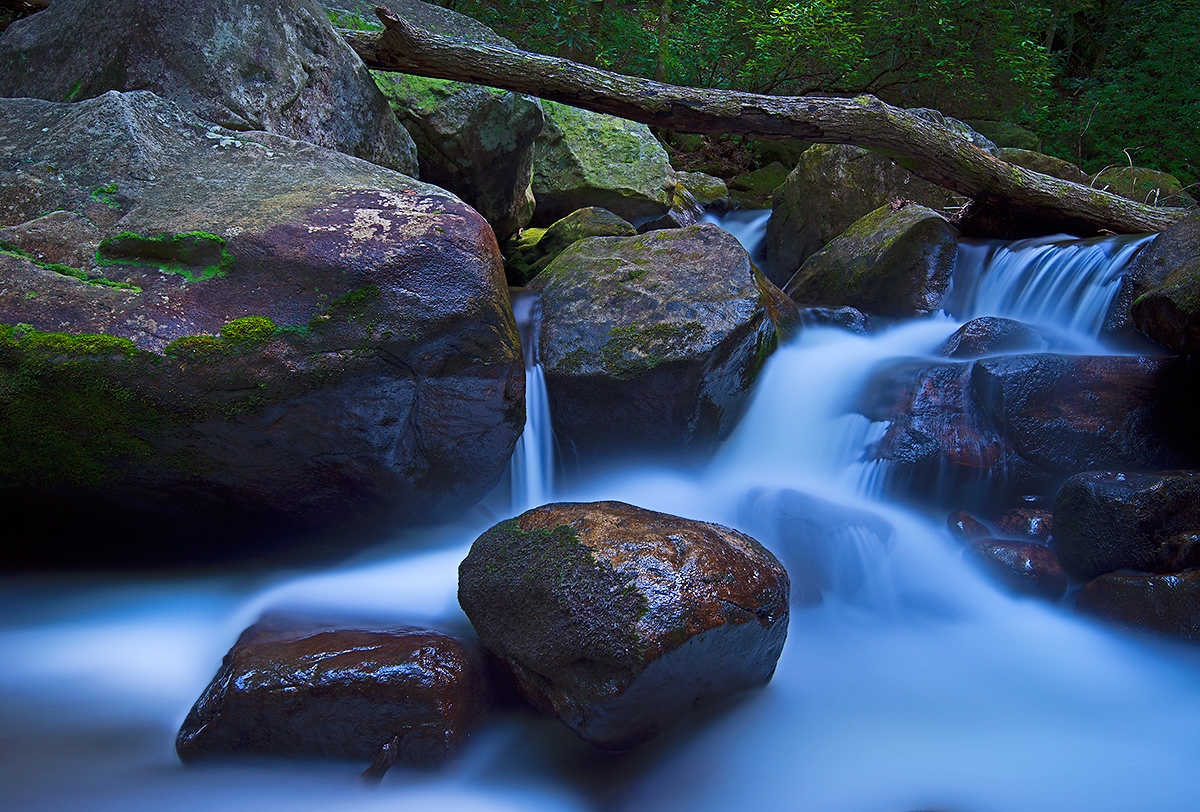Member Profile: Jim Wetzel, PhD, FBCA
BCA has such a diverse membership. In this member profile we put the spotlight on regular BCA conference presenter and past BCA JBC editor James T. Wetzel, Ph.D., Pulaski L. Bealy Smith Professor of Biology at Presbyterian College, Clinton South Carolina.
What is your primary line of work?
Professor of Biology (anatomy & developmental biology) and Presbyterian College in South Carolina, and adjunct Professor of Marine Science at The University of Mississippi, Gulf Coast Research laboratory.
What got you inspired to be a photographer/illustrator? Tell us about your career path.
I actually 'fell into' imaging through two different paths. I was first exposed to photomicrography as an undergraduate. Until that time I had not used any camera beyond a 110-format instamatic, but those shapes and patterns of the "invisible world" were captivating. Without any thought as to why, I wanted to make similar images. The 2nd was through underwater photography (preceding any land pics) while working as a research diver for the University of California Marine lab in Bodega Bay. Using an old Nikonos system, I loved (and still do) capturing images of Marine animals in their habitats, and simply documenting the diversity in the unique ecosystems of California’s kelp forests. I am very fortunate now to have a job that affords me the chance to travel to beautiful destinations globally - always of course with camera in hand.
Describe your typical workday?
Depending on the courses I'm teaching at any given semester, I usually hold lectures in the morning, and then spend the afternoons in either the lab (typically while at Presbyterian College) or field (my summers at the Gulf Coast Laboratory.) I'd say I enjoy both equally, but they are very different endeavors.
What is most rewarding about your work?
I truly love making my own images that I can use as teaching tools. It gives a personal touch to what I teach, and by combining the image with text, I believe I've gained a deeper appreciation of the working of living systems. And of course, travel is a great part of academia. I love traveling to conferences and engaging in workshops that unearth new techniques and revive older methods with modern applications.
Where do you find creative inspiration when work begins to feel routine? What motivates you to continue in your line of work?
I've 'stumbled upon' the field called Biomimicry, and that concept is what I think first attracted me to imagery. This has fueled my interest in looking deeper and elsewhere for the recurring patterns and shapes of the natural world. Although I admittedly have very little knowledge of the esthetics of art, I know what I find pleasing and interesting, and the desire to convey that to others visually is both a drive, and a refreshing break from what I suppose is my normal routine.
Do you have any tips or special techniques for connecting with your subject?
I always work from a self-assigned theme of nature. One day may be the concept of "the hard and the soft"; another may be "find a niche and fill it"; or perhaps "there are world's within worlds". I have several, and I use these when I can in teaching a course in Environmental Photography. The idea is to combine the visual draw with text or prose that reflects one's personal emotion. Occasionally it works.
What technology/software/gear do you use? Are people skills as important as technical skills in your line of work?
My photomicrography requires either a Nikon phase contrast light or Olympus fluorescent system. The images are captured with a DSLR attached to the photo eyepiece with a Martin Microscope adapter. For photo enhancement I use Adobe Lightroom - basically for contrast and brightness, or with fluorescence, for color saturation. My field camera is a Nikon D800e, and I am a huge fan of the Lee filter system for landscape work.
People skills underscore teaching, but in honesty, when I'm engaged in imaging work, it is private time.
Do you have special interests outside of work? Do you do photography outside of work?
My interests outside work all seem to revolve around the theme of the beauty of nature - photography, hiking, kayaking, literature, or simply enjoying a fine coffee as the sun rises. Photography is not really my work, but rather something that makes my work better.
 Do you have any advice for photographers/illustrators interested in a career in biomedical/life sciences photography?
Do you have any advice for photographers/illustrators interested in a career in biomedical/life sciences photography?
Don't give up, because most of the competition eventually will. Everyone has their own 'thumbprint' on the images they make.
Lastly, pictures always tell a story. Please include some examples of your favorite images and tell us a little bit about them.
Blue Tunicate is a photomicrograph (30x) shot through a Nikon SMZ-2T stereo microscope. The tunicate was floated in seawater against a glass top cover over a black background, and double side-lighted with fiber optics. The colorization is artificial to highlight the viscera. This one was the Olympus honourable mention shot.
 Easter Lily is a macro photo (105mm micro-nikkor with 12mm extension tube; Nikon R1C1 twin flash) shot is my garden. The magenta is color enhanced to bring out the hue along the edges of the anthers.
Easter Lily is a macro photo (105mm micro-nikkor with 12mm extension tube; Nikon R1C1 twin flash) shot is my garden. The magenta is color enhanced to bring out the hue along the edges of the anthers.
West of the Shire was inspired after watching 'The Lord of the Rings' with my sons. That next day I was hiking Jones Gap State Park (perhaps my favourite local haunt) and this image caught my eye. Nikon 16-35mm lens, F/11, Lee polarizer and 10 stop ND filter.

Jim has received the following awards for his images.
- EIPBN Micrograph contest, Grand Prize
- Polaroid Corporation Scanning Electron Microscopy competition, 1st prize
- Olympus Bioscapes, Honorable Mention
- BioCommunications Association, Canadian Founders Natural Science Award and Award of Excellence in the Still Media, Natural Science category
Jim is also a BCA fellow.
